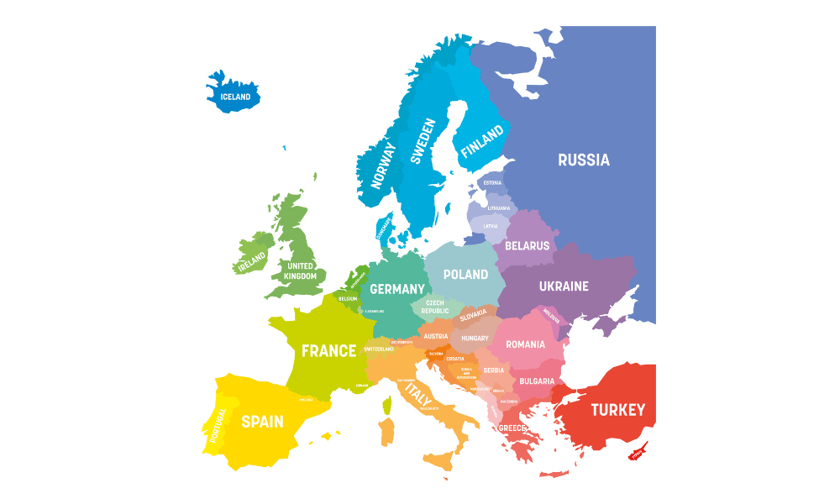

Insurers in the European Union are likely to maintain limited exposure to crypto assets if a proposed 100% capital charge under Solvency II (S2) is introduced, according to Fitch Ratings.
The European Insurance and Occupational Pensions Authority (EIOPA) has recommended the charge as part of a wider review of how crypto assets should be treated under the insurance regulatory framework.
The recommendation, made at the request of the European Commission, is aimed at addressing the risks and volatility associated with crypto assets. EIOPA has advised that these assets be subject to the maximum capital requirement under the S2 standard formula, a move intended to reflect their price fluctuations, operational risks and the current lack of established regulatory oversight.
Crypto assets are not explicitly defined under existing S2 rules, leaving them to be treated either as intangible assets or as Type 2 equities, or investments not listed on regulated markets in the EEA or OECD.
EIOPA’s proposal introduces a dedicated approach for crypto assets, bringing the insurance sector more in line with regulatory developments in banking and financial markets. The proposed charge would apply to both direct and indirect exposures, including investments in companies involved in crypto-related activities or those holding crypto assets on their balance sheets.
Under the recommendation, crypto assets would be placed under the intangibles module in the S2 standard formula, meaning, hedging strategies are not recognised and the full gross position would be subject to the capital charge. There will also be no diversification benefit that would be applied as EIOPA said there is currently insufficient evidence to support one.
Fitch estimates that even a small allocation, or below 1% of a portfolio, could reduce an insurer’s S2 ratio by a double-digit percentage, depending on the nature of the assets being replaced. The 100% risk charge would be the highest applied to any asset class under the standard formula.
In comparison, listed equities carry charges ranging from 22% to 49%, adjusted according to market conditions to limit cyclical effects. Property investments are charged at 25%, while some forms of private credit carry no market risk charge and are only subject to counterparty credit risk.
Still, direct holdings of crypto assets by EU insurers remain very limited. According to EIOPA, such exposure accounted for just 0.0068% of total sector assets at the end of 2023. The majority of this exposure was concentrated in Luxembourg and Sweden, mainly held through collective investment schemes such as exchange-traded funds.
EIOPA’s advice will be considered by the European Commission as part of its ongoing review of Solvency II, which is being updated to reflect changes in financial markets and developments in digital finance.
